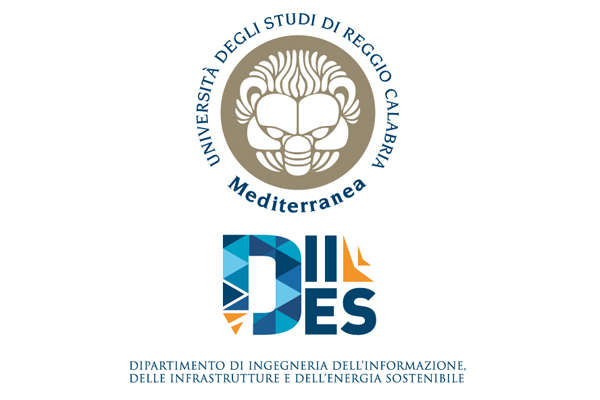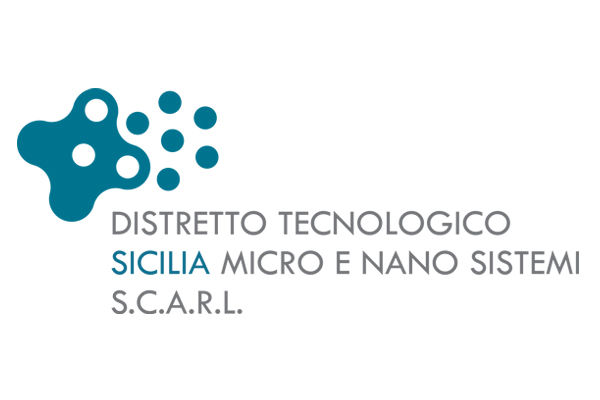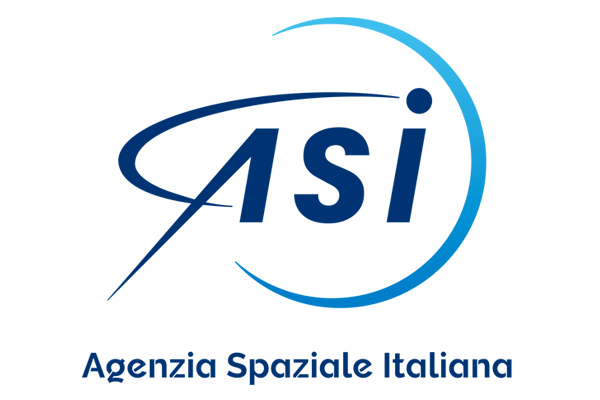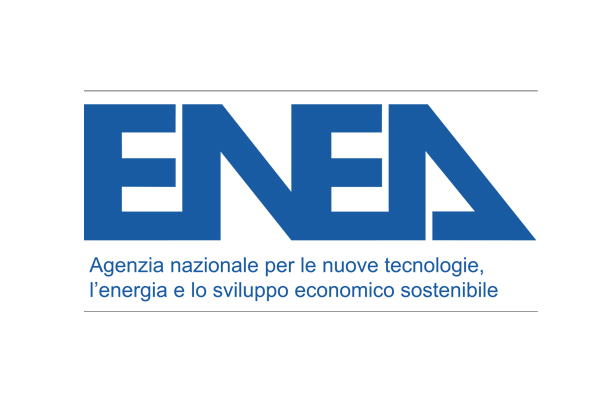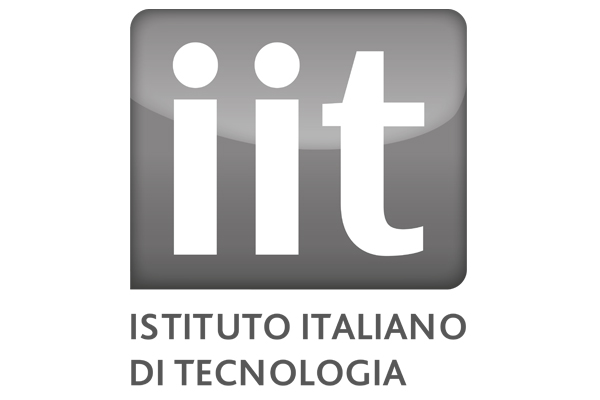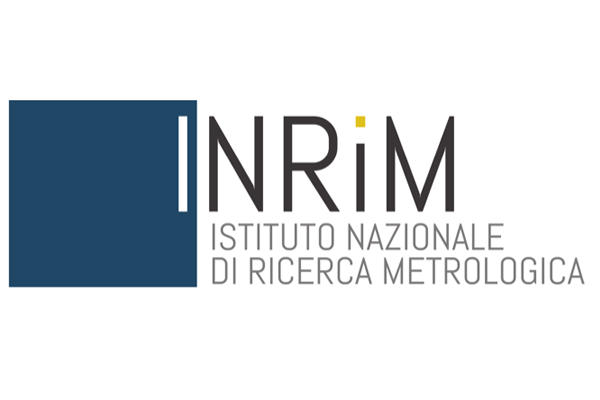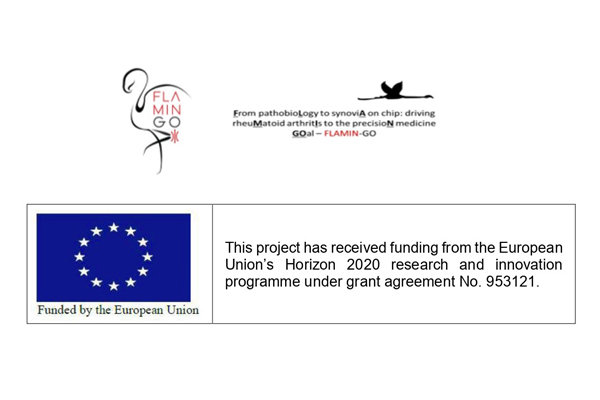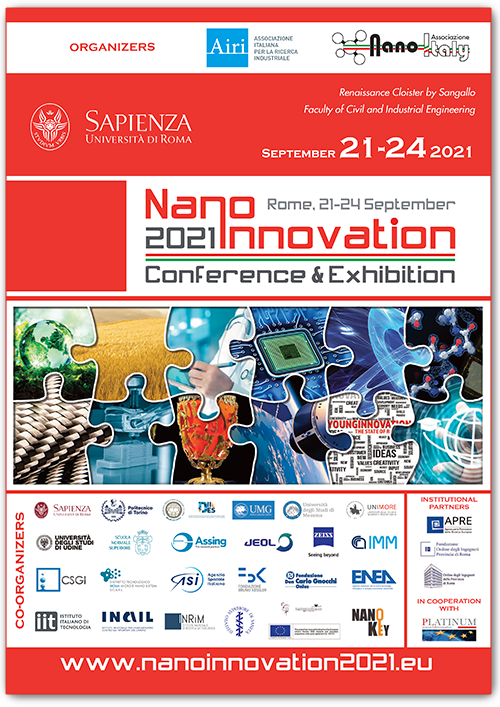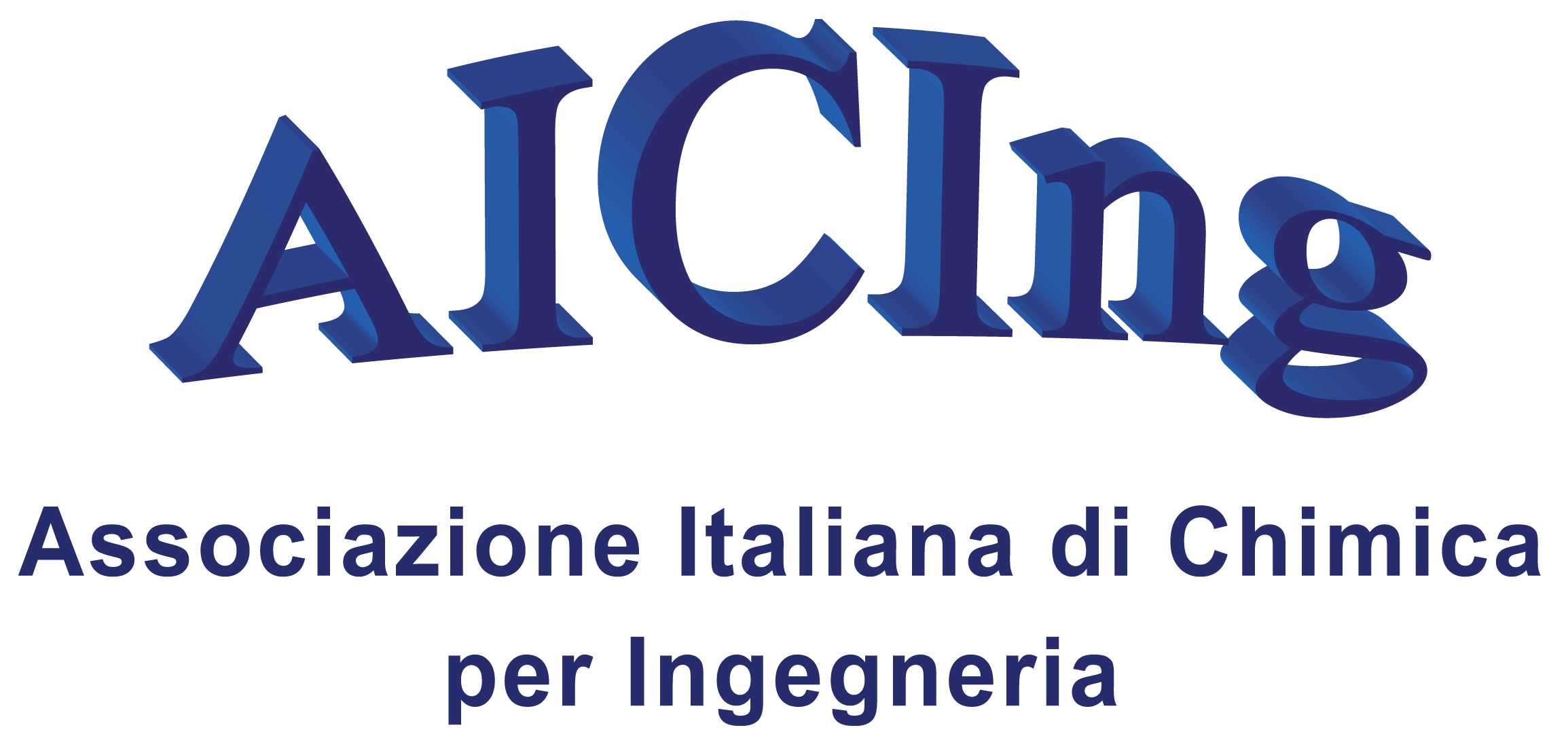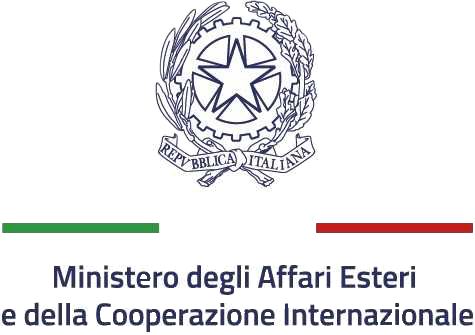INNOVATION FOR THE ENERGY TRANSITION
 |
||
| INNOVATION FOR THE ENERGY TRANSITION | ||
|
In recent years, the negative impact of anthropogenic CO2 emissions on our planet’s climate has motivated a progressive transition from a global energy scenario heavily reliant on fossil fuels to one based on environmentally benign, renewable energy sources. Several studies highlighted that advanced nanomaterials and nanotechnology have the potential to achieve a breakthrough in the development of novel applications for a sustainable future and for the energy transition. This session gathers contributions from both the academic and industrial world to strengthen their synergistic contribution to technological growth for sustainability. Renewable energy sources produce energy following a mostly unpredictable pattern, linked to meteorological winds and clouds. However the energy network is rigid and production must closely match consumption daily curves. That implies the necessity to store the mismatched generated energy for later use, a technologically advanced, industrially demanding and scientifically challenging task. Electrochemical energy storage can help to some extent but it is not suited for long term high power GW systems. Hydrogen can be seen as an ideal energy vector, that faces however the issue of storage and requires efficient generation and compression. While the long-term solution is abandoning fossil fuels for renewable sources, it has been shown that in the short-to-medium term conventional fuels will still be used and CO2 emissions will have to be compensated for. In this scenario, one of the most interesting and challenging strategies to mitigate the disastrous effect of carbon dioxide on earth’s climate, is to consider CO2 as valuable raw material to obtain value-added fuels and chemicals through its photo/electrochemical reduction (CO2RR). The key challenge for this application is to develop highly selective, stable, efficient, environmental-friendly and inexpensive photo/electrocatalysts. Combining H2 and CO2 technologies is also emerging as a positive strategy for a progressive and economically sustainable energy transition, capable to reduce fuels’ impact on the environment, while still granting their use where necessary. Moreover it’s worth noting that the scenario appears strategically suited for Italy, that has several mayor and technologically advanced gas industries, a capillary methane distribution system and erratic meteorological patterns while it has abandoned the alternative nuclear energy. LCA is finally vital to understand if technologies proposed by researchers are, however fascinating for the layman and for the legislator, overall counterproductive for the planet. In all the boiling mix of ideas that are currently emerging in the landscape, we suggest that a few major, plurennial, country size, research programs should be activated for exploiting some long term technological and scientific developments in the field. |



